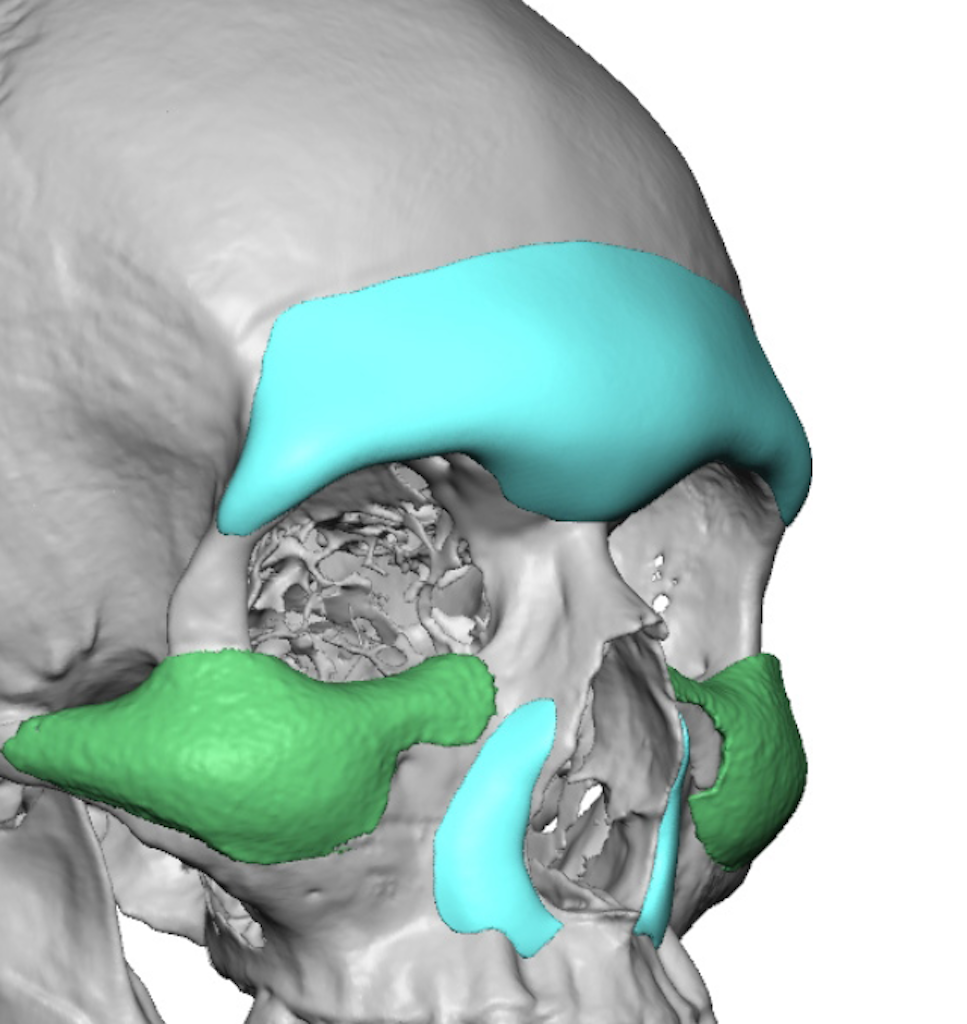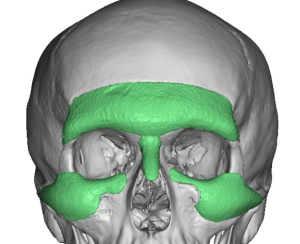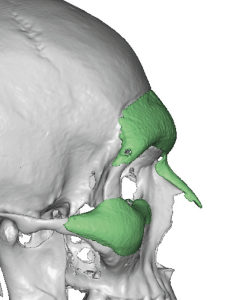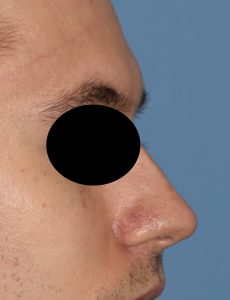Introduction
Brow bone implants are specialized facial implants designed to augment or reshape the brow and forehead region, typically for aesthetic or gender-affirming purposes. True custom brow bone implants are patient-specific and usually fabricated from solid silicone as this is best material to use for any aesthetic onlay skull augmentation surgery. Because these implants are rarely requested, no standard sizes or shapes exist. They are positioned over the lower frontal bone to enhance forehead prominence and create a stronger, more masculine appearance.
Procedure Overview
- Customization:
The process begins with a 3D CT scan to design a patient-specific implant that conforms precisely to the skull and aligns with the patient’s aesthetic goals. - Surgery:
The procedure is performed under general anesthesia, most often through a small incision behind the frontal hairline. Supplemental incisions in the upper eyelid creases may also be used for optimal access. - Fixation:
The implant is typically secured to the bone with small titanium screws, especially at the lateral (outer) brow bone area. - Recovery:
Swelling and bruising peak within 48–72 hours and subside over one to two weeks. Full healing generally occurs over several months.
The key advantage of a custom brow bone implant is its high degree of personalization—minor variations of just one or two millimeters can significantly affect appearance. Because of this precision, one of the most notable surgical risks is the potential need for revision if the implant’s projection is slightly excessive.
Case Study
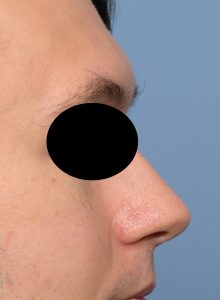
![]()
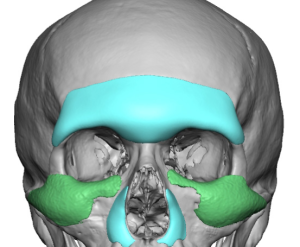
![]()
![]()
![]()
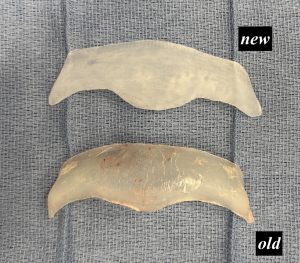
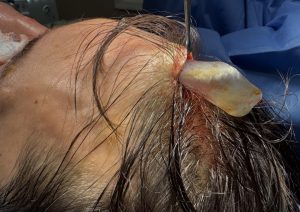
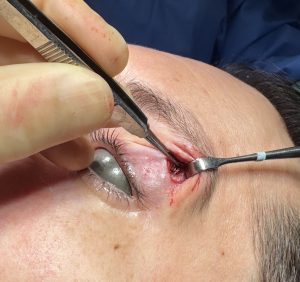
Discussion
The success of any facial implant depends on both dimensional accuracy and precise placement. In brow augmentation, each millimeter of projection has a substantial aesthetic impact due to the high visibility of the brow area. For male patients seeking a more masculine forehead, increased projection of the supraorbital rim is essential—but determining the ideal degree and contour remains highly individualized and relies on surgical experience.
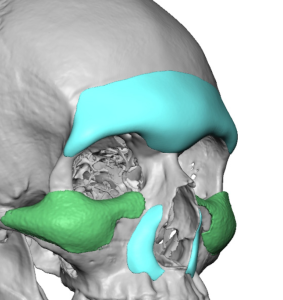
If implant modification is desired years later, the presence of a mature implant pocket allows for a relatively straightforward exchange with less trauma and faster recovery compared to the initial surgery.
Key Points
- Custom brow bone implants are among the most effective procedures for masculinizing the upper face.
- Implant design requires careful estimation of projection gradients across the brow—minor dimensional differences can significantly impact the result.
- Replacement of custom brow bone implants can be safely performed through the same incisions used for the initial placement.
Barry Eppley, MD, DMD
World-Renowned Plastic Surgeon

